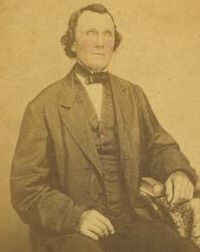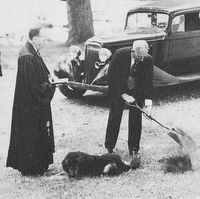The Little Church on the Hill
Red Clay Creek Presbyterian Church has a long and rich history dating back to the early eighteenth century when Scotch-Irish immigrants landed and settled in Delaware bringing their Presbyterian faith with them. Our congregation was established in 1722 but did not install its first pastor nor erect its own building until 1755 and 1761, respectively. Three prominent pastors served the church for a total of 146 years up through the mid-20th century.



